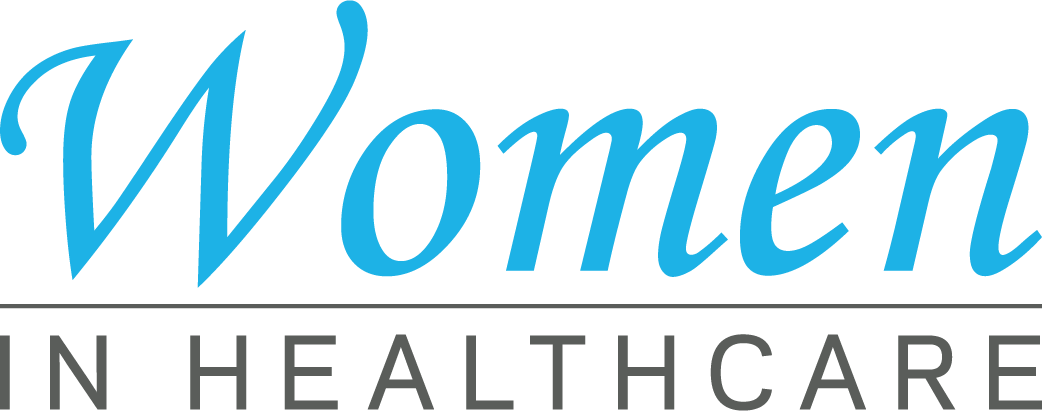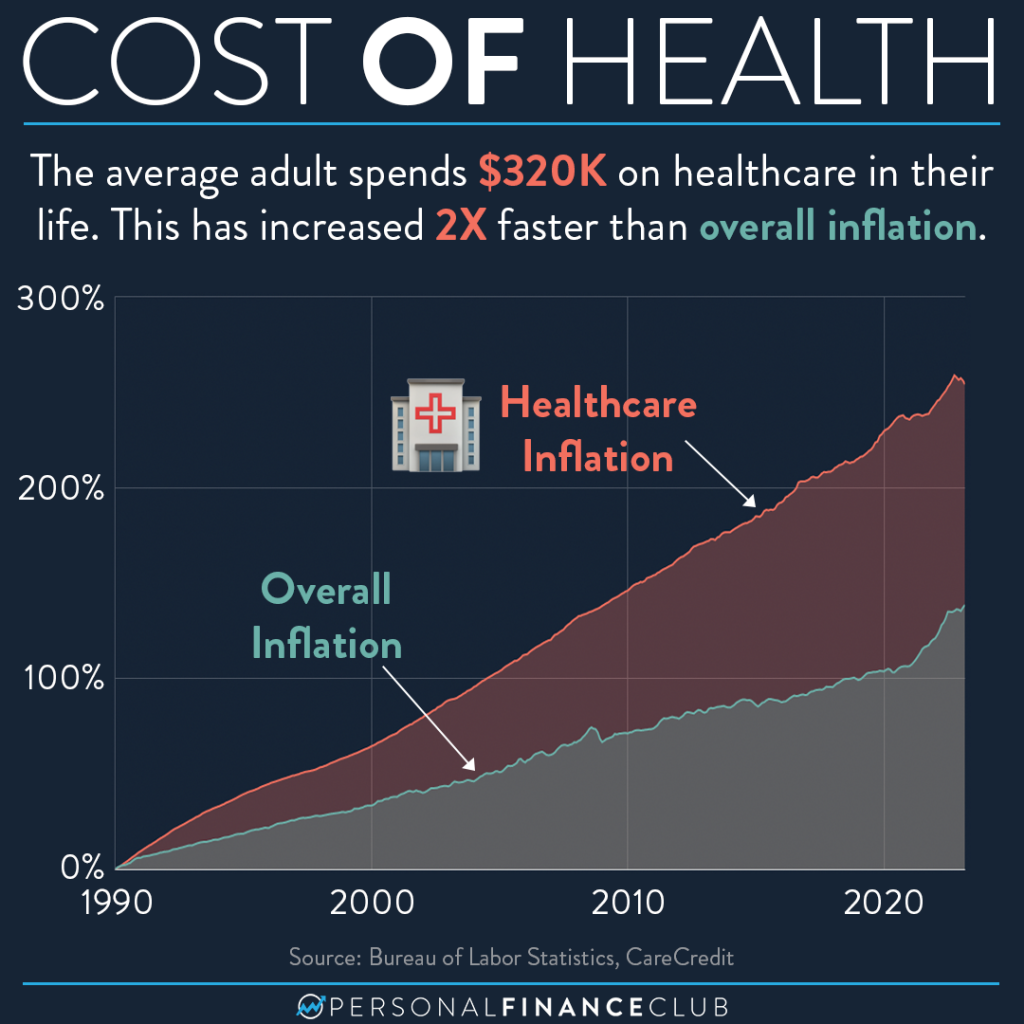Healthcare RCM Services for Efficient Income Cycle Administration
Healthcare RCM Services for Efficient Income Cycle Administration
Blog Article
A Comprehensive Overview on Exactly How Medical Care RCM Functions to Enhance Payment and Collections
Navigating the complexities of medical care profits cycle monitoring (RCM) is critical for suppliers aiming to boost their payment and collections processes. The overview unloads the ins and outs of RCM, from individual enrollment to accounts receivable management, using insights into optimizing each action.
Understanding Profits Cycle Management
Comprehending the complexities of Revenue Cycle Monitoring (RCM) is essential for health care companies intending to enhance their economic performance. RCM is an essential administrative feature that encompasses the entire economic procedure of patient care, from the first consultation setting to the final repayment of the equilibrium. It is a complicated treatment developed to recognize, gather, and manage the profits from the solutions given to clients. Reliable RCM makes certain that doctor get timely and precise payments, lessening the danger of revenue loss and improving capital.
The RCM procedure starts when a client schedules an appointment and prolongs with the individual's care trip, consisting of payment and collections. An essential objective is to reduce the time in between providing a solution and obtaining settlement, therefore improving the organization's economic wellness. RCM entails numerous features such as person registration, insurance policy confirmation, charge capture, coding, declares submission, payment posting, and dealing with allures and denials.
Key Parts of RCM
In the world of Income Cycle Administration (RCM), recognizing its vital elements is essential to achieving financial effectiveness within healthcare companies. RCM is a comprehensive process that incorporates different phases, each important to making certain efficient billing and collections. The main components include individual registration, insurance confirmation, fee capture, coding, case entry, payment posting, and balance due management.


Once coded, claims are submitted to payers, where precision is critical to prevent beings rejected or delays - Healthcare RCM. Repayment publishing involves recording the received payments, which permits for the reconciliation of accounts. Finally, receivables monitoring concentrates on monitoring and dealing with unsettled insurance claims, ensuring prompt follow-up and resolution
Each element of RCM is interconnected, and inadequacies in any component can interrupt the whole cycle. As a result, mastering these elements is necessary for doctor to enhance earnings and boost their financial health.
Techniques for Effective Payment

Standardizing billing treatments throughout the company is another vital strategy. Establishing clear standards for paperwork, coding, and entry assists maintain uniformity and compliance with governing requirements. Training team frequently on these treatments makes certain everyone is up-to-date with the most recent changes in billing codes and payer policies.
Precise cost capture is crucial in stopping revenue leakage. Executing regular audits and surveillance systems this content permits the recognition and correction of inconsistencies before they impact revenue. Additionally, keeping open lines of interaction with payers aids to rapidly resolve any type of conflicts or misconceptions that may emerge.

Finally, engaging people early in the invoicing procedure by giving clear quotes and academic products about their economic responsibilities can significantly minimize confusion and improve payment timeliness. These techniques jointly contribute to an extra effective and monetarily healthy invoicing system.
Enhancing Collections Processes
Provided the intricacies of clinical payment and the range of payer requirements, improving the collections procedure entails applying tactical measures that make certain prompt and accurate settlement of solutions rendered. Automation devices can aid in tracking case statuses, sending prompt suggestions to patients, and taking care of rejections a lot more properly.
Educating staff to recognize the subtleties of insurance coverage plans and billing codes is equally necessary. This knowledge encourages them to deal with invoicing discrepancies promptly and interact effectively with people concerning their financial responsibilities. Moreover, clear and clear patient interactions are important. Offering detailed descriptions of charges and using flexible settlement plans can enhance client complete satisfaction and punctual settlements.
Routine audits of the collections process ought to be performed to recognize locations for renovation and make sure conformity with laws. By analyzing data, medical care companies can identify trends, anticipate potential issues, and adapt strategies accordingly (Healthcare RCM). Inevitably, a well-enhanced collections process not only supports monetary wellness however likewise adds to an extra seamless experience for people and team alike
Optimizing Revenue Streams
Structure upon the structure of a strong collections process, healthcare organizations can additionally reinforce their financial stability by strategically maximizing revenue streams. This involves a multi-faceted strategy, beginning with a comprehensive analysis of existing profits sources to recognize ineffectiveness and areas for development. Employing advanced data analytics devices enables companies to get insights into payer mix, person demographics, and solution application patterns, visit the website permitting data-driven decisions that boost income capture.
Implementing automated invoicing systems can significantly lower errors and accelerate insurance claims processing, making certain that income is accumulated extra efficiently. In addition, enhancing payer agreements through regular negotiations can boost repayment rates and terms, directly affecting the bottom line. Diversifying service offerings, such as including telehealth or health care, can also attract a more comprehensive person base, hence increasing revenue capacity.
Another crucial component is enhancing individual involvement and satisfaction, as pleased patients are more probable to abide by therapy strategies and make prompt repayments. Supplying adaptable settlement choices and clear billing practices can enhance collections and foster person loyalty. Healthcare RCM. By embracing these methods, medical care companies can create a more durable monetary framework, making certain continual development and stability in an ever-changing industry landscape
Conclusion
Finally, healthcare Earnings Cycle Monitoring (RCM) plays a crucial role in optimizing payment and collections processes by incorporating essential components such as person enrollment, insurance policy confirmation, fee capture, coding, declares submission, and accounts receivable administration. By employing advanced innovation, systematizing procedures, and fostering person interaction, medical care service providers can dramatically decrease claim denials, speed up payment cycles, and enhance capital. This detailed method to RCM inevitably causes improved economic efficiency and sustainability for health care companies.
The RCM procedure starts when a patient schedules an appointment and extends with the client's care journey, consisting of billing and collections.One more crucial component is boosting client interaction and fulfillment, as pleased individuals are much more most likely to adhere to therapy plans and make prompt payments. Offering flexible payment choices and clear payment practices can boost collections and foster client loyalty.In final thought, medical care Earnings Cycle Monitoring (RCM) plays a crucial role in optimizing payment and collections procedures by integrating essential elements such as patient enrollment, insurance policy verification, cost More Bonuses capture, coding, claims entry, and accounts receivable monitoring. By employing innovative modern technology, systematizing procedures, and promoting patient involvement, medical care carriers can substantially reduce case denials, speed up payment cycles, and enhance cash circulation.
Report this page